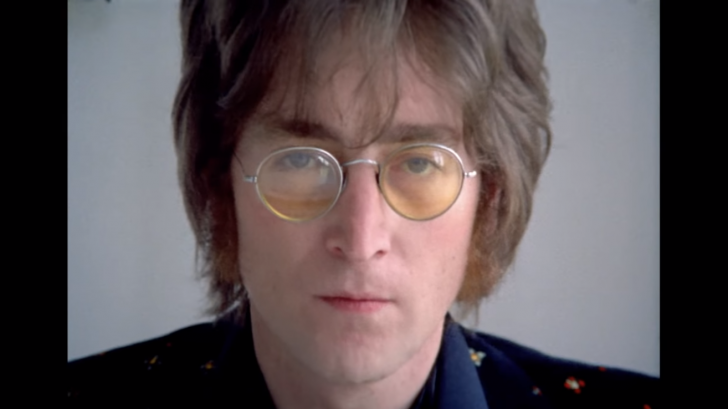John Lennon’s passing caused shockwaves to be felt all across the world. Mark Chapman, a jobless security guard from Hawaii who had previously that day begged John Lennon for an autograph, shot the former Beatle multiple times. When asked what drove him, Chapman responded:
“I understood his words but I didn’t understand his meaning.”
It was often thought that Chapman chose Lennon as his target because of his anti-religious songs, but that notion has since been disproved. However, Lennon’s complicated connection with organized religion may have contributed to the fact that he wasn’t buried.
In a body bag, John Lennon’s remains were transferred from the mortuary to the Frank E. Campbell Funeral Chapel on Madison and 81st Street in New York after his passing. It was then delivered there for cremation at Ferncuff Mortuary in Hartsdale. Sean Lennon, John Lennon’s son, is rumored to have been denied access to the cremation service. As the reason for Lennon’s lack of a customary funeral has not received much attention, it is hard to determine for sure. John didn’t specify in his will that he wanted to be cremated, but he did name Ono as the only inheritor of his fortune, which also gave her control over his memorial service or lack thereof.
Many people believe that Ono’s choice was inspired by Lennon’s aversion to organized religion. It’s also conceivable that Lennon intended to stay away from the celebrity circus that characterized Elvis Presley’s burial. After all, John had a history of mistrusting celebrities. Additionally, he must have known that a concrete gravestone would easily become the focus of attention, something he presumably wanted to avoid in his final days. Although cremation was the closest thing John had to a solemn burial, it is still unclear why Ono denied his children or his bandmates the option to attend. We can only presume that Ono was doing her best to follow out her husband’s intentions.
Yoko requested a moment of silence for 10 minutes worldwide in lieu of a funeral. A semi-religious memorial ceremony was conducted at Liverpool Cathedral on March 30th, a few months later, at the request of the city’s mayor. More than 2,000 people showed out for the Festival of Peace despite thousands of messages urging its cancellation. The service, which combined religious and agnostic symbols, had everything Ono had wished to avoid, including:
“Traditional figures in red and green robes, a cross-bearer and canons, but also a girl who later led a meditation in boots, jeans and shoulder bag, and a local radio celebrity whose name was knitted into his pullover” in quotes taken from The Guardian.”
Maybe John and Yoko understood how readily a customary burial might be used as a vehicle for religious and political preachiness. Regrettably, this is precisely what occurred at the commemoration in Liverpool, when the Very Reverend Edward Patey, Dean of Liverpool, lamented the loss of the flower power movement.
“The era of flower power has given place to a greater aggressiveness; to the era of punk,” he said. “Young people ignorantly and stupidly dressed up like neo-Nazis, apparently ignorant that the Nazi period was responsible for untold misery, for as great a concentration of wickedness as the world has ever seen.”

